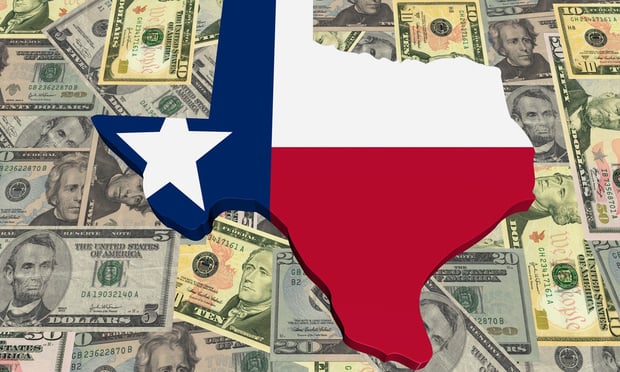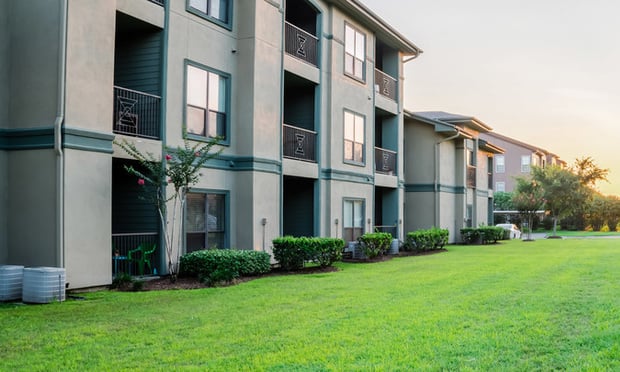DALLAS—Is Dallas overbuilding? For the most part, the answer is no. However, with DFW topping the charts in US construction totals, some question if or when this new supply will outstrip demand.
Meanwhile, the office market has added 8.4 million square feet in the last two years alone. Multifamily recorded 27,315 units built in 2017, more than in any year since the early 1980s. As of fourth quarter 2017, DFW had the largest number of units under construction of any US metropolitan area.
In 2017, developers in DFW delivered 26.8 million square feet of industrial space, a market record. At year-end 2017, 22 office projects remained in the construction pipeline totaling 4.4 million square feet, with 83% being speculative developments.
According to CBRE research, the market could be quite different now than past construction cycles for several key reasons, mainly due to population gains and uninterrupted broad-based job growth that totaled 605,857 from 2010 to 2017. This has put developers in rush mode to catch up with it. And, DFW residential and job growth matched with high-profile corporate relocations, disciplined development and lending standards result in stable CRE vacancy rates boosted by strong pre-leasing.
For example, total DFW non-farm employment is strong, growing at a yearly rate of at least 3% (422,400 new jobs) since 2013, with more than 42,000 office-using payrolls added in the past 12 months alone. Employment growth is expected to taper to approximately 2% in 2018 (or 73,800) according to Moody's Analytics, but that is still well above the US average which has historically hovered around 1.5%. Meanwhile, the metroplex has a firm five-year projected average annual population growth rate of 1.9% or about 391 new residents per day. DFW had 38,792 units of multifamily housing in its construction pipeline as of fourth quarter 2017, according to Axiometrics, the largest amount under construction in any metropolitan area in the country. However, these new properties are mainly distributed across Plano, Allen and McKinney, the central Oaklawn submarket, and the Northwest submarkets of Denton and North Irving. These are the same areas where Moody's Analytics forecasts the bulk of DFW's job growth (83,200 new payrolls) to occur this year. Consequently, the real question is whether the next two years of newly delivered apartment units will help meet increasing demand.
Of the 26.8 million square feet of industrial space delivered in 2017, 20.6 million square feet was absorbed immediately. Overall vacancy ticked up slightly by 40 bps. The current construction pipeline totals 19.2 million square feet and 50% is preleased. If the total speculative space now under construction was delivered to market tomorrow and went unoccupied, although unlikely, DFW industrial vacancy would only notch up to 7.6%, still well below the long-term average of 8.7%. Many of the new larger projects are being constructed near the periphery of the metroplex, such as the 1.089 million-square-foot 35 Eagle Building A in Alliance, as quality infill land positions are becoming increasingly rare, says CBRE.
More than 8.4 million square feet of office space was delivered in the last two years. Meanwhile class-A vacancy moved more or less sideways at 20.1%. By the close of 2017, 22 new office projects were in the pipeline totaling 4.4 million square feet with the majority being speculative, apart from three build-to-suit developments. Current pre-leasing at 40% is within the post-recession long-term average of 49.8%, a strong metric by overall DFW office market standards. The largest concentration of office space under construction is located in Far North Dallas and Uptown/Turtle Creek, both with more than 1 million square feet under construction, each with pre-leased rates of at least 44%. Demand is meeting new supply in both submarkets, says CBRE.
“The wildcatter days of the 1980s are in the past. Developers this cycle have a much higher level of sophistication, and are not in a mindset of 'if you build it, they will come,' but rather 'we are building because they are here',” Robert Kramp, director of research and analysis, CBRE, tells GlobeSt.com.
Market-wide, build-to-suit projects account for 50% of all active industrial development as of fourth quarter 2017, the highest build-to-suit to speculative construction ratio yet this cycle. The 50% pre-committed rate is well above long-term average which is typically around 30%. Additionally, increased adoption of automation and the increased sophistication of industrial product has resulted in larger super-regional distribution centers locating in Dallas/Fort Worth. The geographic location of Dallas in the center of the sunbelt and the South's largest urban agglomeration is a prime location for this type of development, Kramp points out.
“With the influx of new residents and jobs into DFW, demand for industrial space should remain strong,” Kramp tells GlobeSt.com. “Consumer goods occupiers and e-commerce outfits have been an absolute juggernaut this cycle in terms of driving demand for industrial space.”
Want to continue reading?
Become a Free ALM Digital Reader.
Once you are an ALM Digital Member, you’ll receive:
- Breaking commercial real estate news and analysis, on-site and via our newsletters and custom alerts
- Educational webcasts, white papers, and ebooks from industry thought leaders
- Critical coverage of the property casualty insurance and financial advisory markets on our other ALM sites, PropertyCasualty360 and ThinkAdvisor
Already have an account? Sign In Now
*May exclude premium content© 2024 ALM Global, LLC, All Rights Reserved. Request academic re-use from www.copyright.com. All other uses, submit a request to [email protected]. For more information visit Asset & Logo Licensing.









